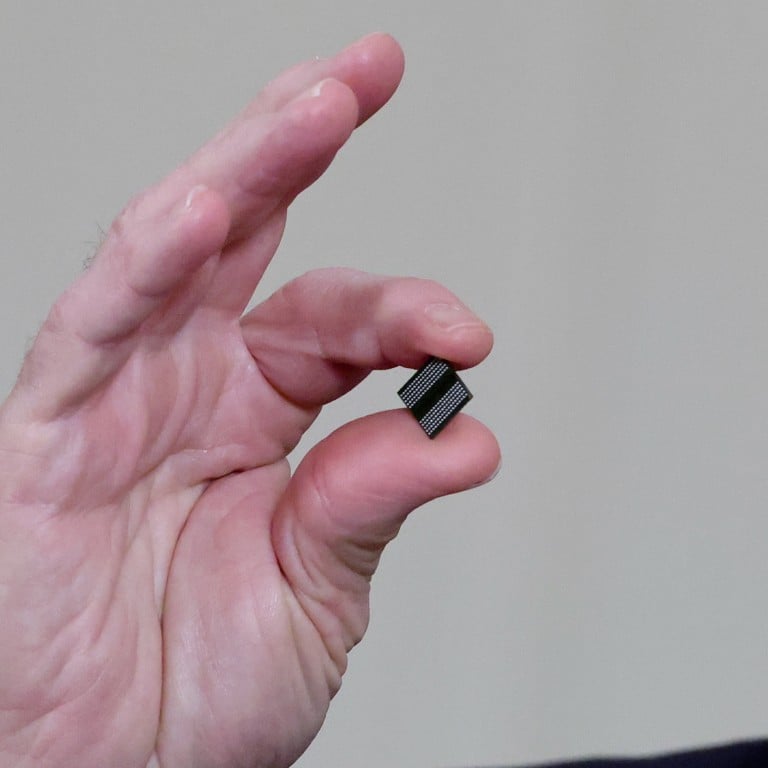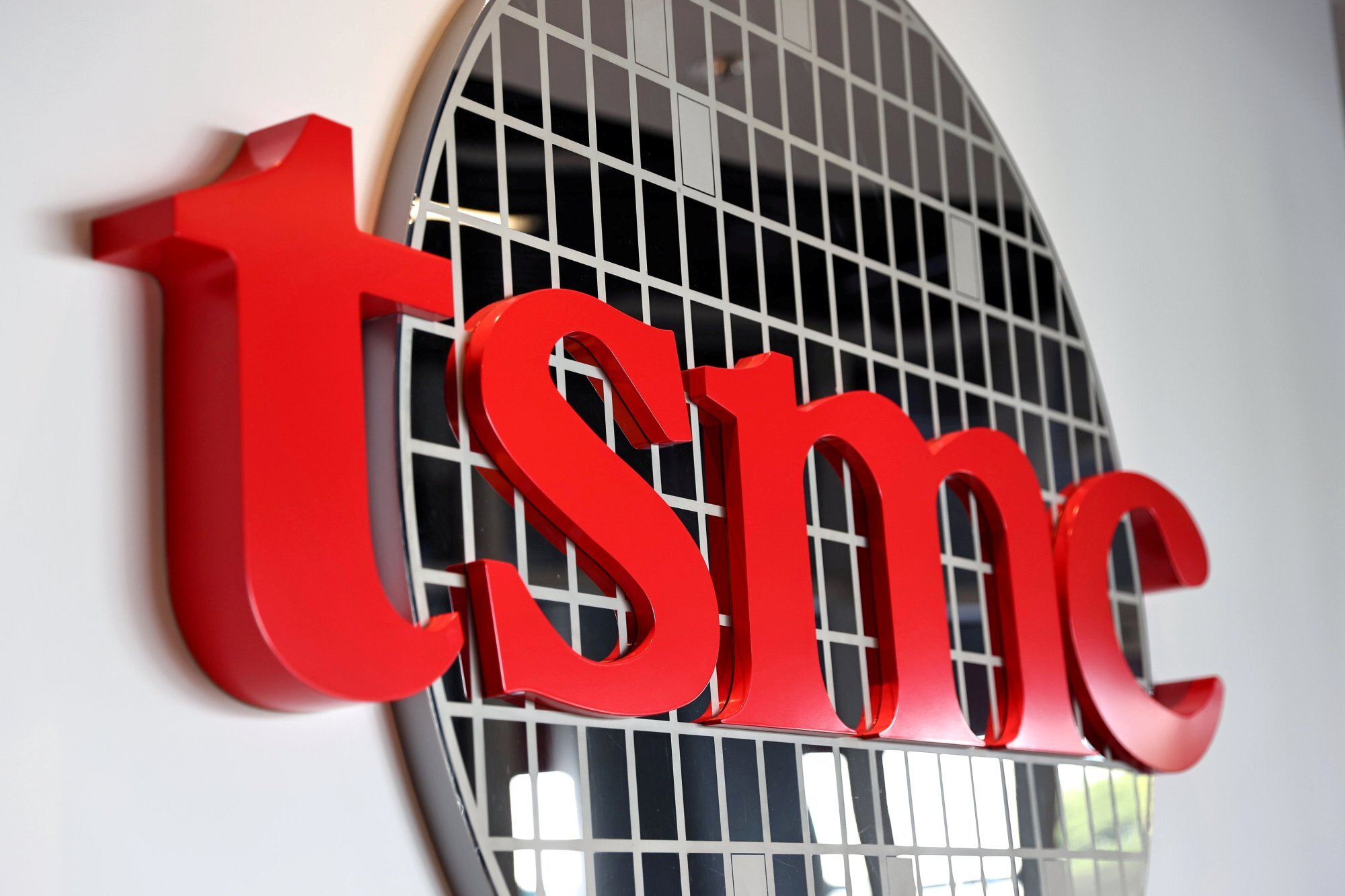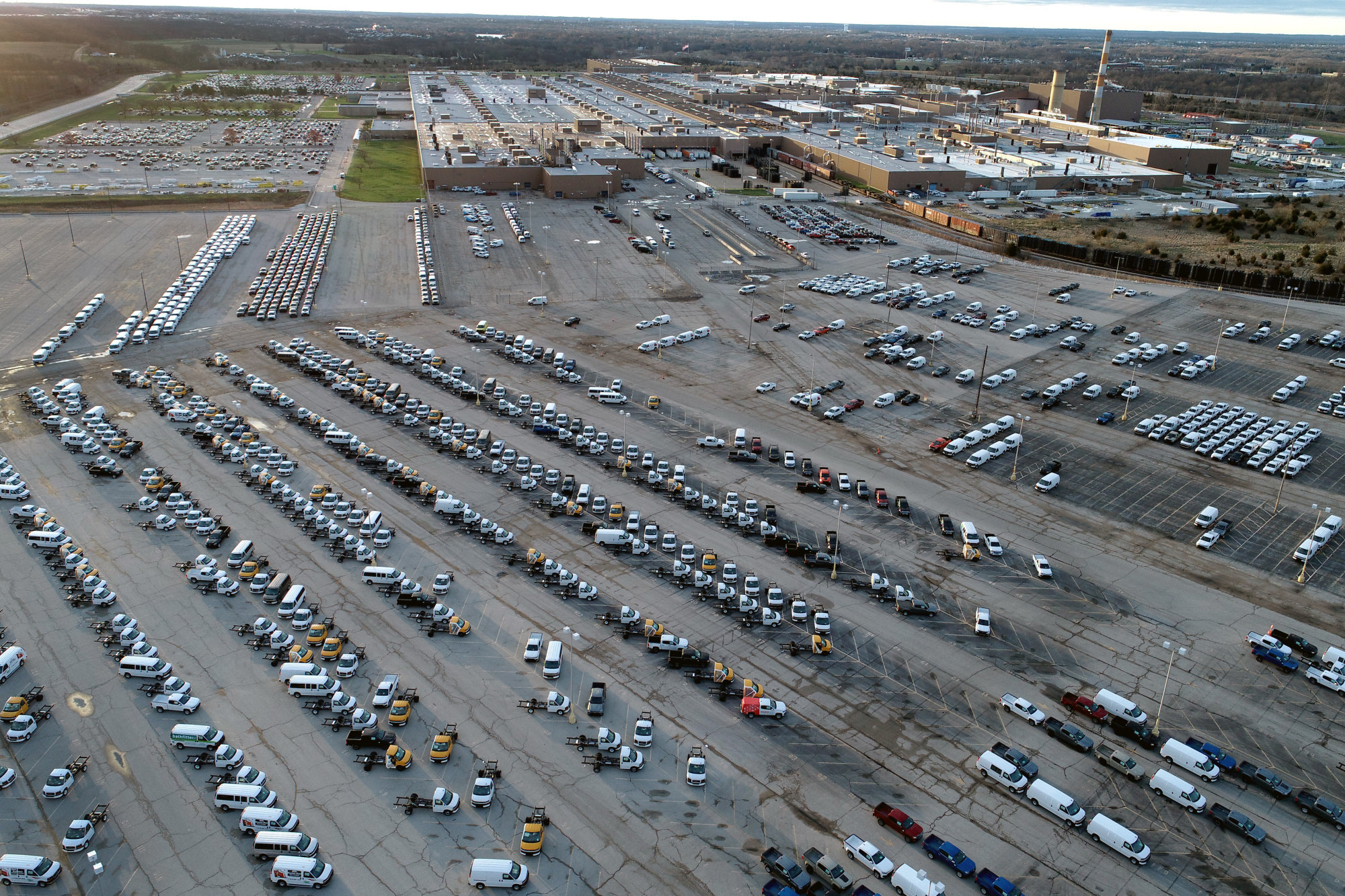
Global chip shortage likely to last through 2021 and even into 2022 as industry grapples with increasingly complex market forces
- The crunch, which began with automotive chips that control car brakes, has spread to consumer electronics
- US-China tech war and pandemic have complicated demand curve in a capital-intensive industry with global supply chains
A global shortage of chips, the tiny devices at the heart of every electronics gadget, is having a ripple effect across the wider consumer electronics industry and analysts say the squeeze could last through 2021 and into 2022 given the multiple factors at play.
The crunch, which began with automotive chips that control car brakes, doors and windscreen wipers, is now being felt in the supply of chips used for smartphones, laptops, washing machines and refrigerators. The issue highlights the disruptive effects of both the China-US tech war and the Covid-19 pandemic on a supply chain that is truly global.
While price rises as a result of the chip shortage remain confined to the semiconductor sector for now, analysts say some low-margin consumer products may start to see price rises in the near future if the capacity crunch persists.
Taiwan hits back at mainland Chinese firms fishing for its chip makers
Citing China as a background factor, Biden also convened a summit with US tech firms such as Intel and Alphabet, carmakers such as General Motors and Ford Motor as well as South Korea’s Samsung Electronics and Taiwan Semiconductor Manufacturing Company (TSMC), and pledged his support for the domestic semiconductor industry.
But many analysts say the first step on the path to a chip shortage was actually due to the escalation of the US’s tech tensions with China – namely former president Donald Trump’s move to restrict Chinese access to advanced US-origin tech. This, some say, has changed a popular industry practice known as “just-in-time” inventory, whereby players along the value chain run on minimum stocks to save costs based on the assumption that supplies are always secure and efficient.
As a result of US sanctions, Chinese technology firms such as Huawei Technologies Co. were forced into suddenly boosting stockpiles of chips, which created a vicious cycle – the bigger the stockpile, the tighter the supply, encouraging more companies to behave in a similar fashion. Huawei described its situation as a life-threatening crisis.
TSMC chief blames geopolitical tensions for chip shortage
“This created a spillover effect,” said Xie Ruifeng, a senior analyst with Shanghai-based semiconductor research firm ICWise. “If it was only Huawei stockpiling orders, the disruption would not be so big, but other smartphone makers including Xiaomi, Oppo, and Vivo all started to binge buy chips to grab Huawei’s market share, and this created huge demand.”
Huawei’s rotating chairman Eric Xu Zhijun said that the US sanctions on Chinese firms are a key reason for the chip shortage as the “trust” in a globalised value chain has been undermined with companies – in China and overseas – rushing to boost chip inventory.
One senior executive with a Shanghai-listed IC design company, who declined to be named because he is not authorised to speak with the media, said big-name foundries rushed to accommodate Huawei’s orders in the third quarter of 2020, delaying orders from car manufacturers. Huawei has been a major client of fabs including TSMC and Semiconductor Manufacturing International Corporation (SMIC) in Shanghai. Later, both SMIC and TSMC stopped shipments to Huawei to comply with US sanctions, which took effect on September 15.

But US restrictions are not the only tipping point in the global chip squeeze – there is the pandemic, the complex nature of the automotive supply chain and the capital-intensive reality of chip manufacturing.
When Covid-19 began to spread across the globe last spring, the automotive industry was hit hard along with aviation and travel – with at least 120 auto factories across the world suspending operations by the end of March 2020.
This forced carmakers to slash procurement of parts with their suppliers, including chips, as the business outlook dimmed.
British firm Arm says new chip tech could be licensed to Huawei
Fabs adjusted production lines to meet increased demand from smartphone and other consumer electronics makers during the pandemic as more people worked and gamed at home.
“[Auto] customers continued to reduce their demand throughout the third quarter 2020,” C.C. Wei, CEO of the world’s largest contract chip maker TSMC, said last week in a conference call with analysts. “We only began to see a sudden recovery in the fourth quarter of 2020.”

As car sales bounced back at the end of last year, carmakers quickly found there were not enough chips to meet their needs. The complex automotive supply chain also tends to work on a low inventory basis, with many suppliers in between chip makers and carmakers.
Typically a carmaker does not directly place orders at chip makers like TSMC. Instead, they route orders via first-tier suppliers like Continental AG and Bosch, which then redistribute orders to the second-tier auto chip suppliers such as NXP Semiconductors, Infineon Technologies AG and STMicroelectronics. These car chip producers, which often have capacity constraints, also outsource orders to contract makers like TSMC.
NXP confirmed the sudden change in demand in 2020 in a report published earlier this year. It said it had been “faced with an unprecedented shutdown” of its customers due to the global pandemic in the first half of 2020 before demand quickly rebounded in the second half, with strong demand expected to continue throughout 2021.
But the inability to predict an accurate chip demand curve for the auto industry is a short-term factor when compared with the structural issue of production capacity itself. It can take foundries a year or more to actually put new capacity into operation in what is an asset-heavy industry.
“Expanding capacity at foundries tends to be sluggish due to delays in the delivery of equipment,” said ICWise’s Xie. He said it now takes SMIC, China’s most advanced semiconductor maker, around 15 months to receive certain equipment amid the pandemic and US restrictions.
Moreover, Xie said foundries are generally reluctant to add production lines for car chips, which are made on mature nodes ranging from 40 nanometres to 90nm, due to low profit margins. TSMC, for instance, only had 4 per cent of revenue from automotive-related chips in 2019, according to its 2019 annual report, compared with nearly 50 per cent from smartphone-related products.
“Automotive demand has been stable most of the time [apart from the recent period], they [fabs] fear that adding back too much capacity could result in a glut later,” Xie said.

